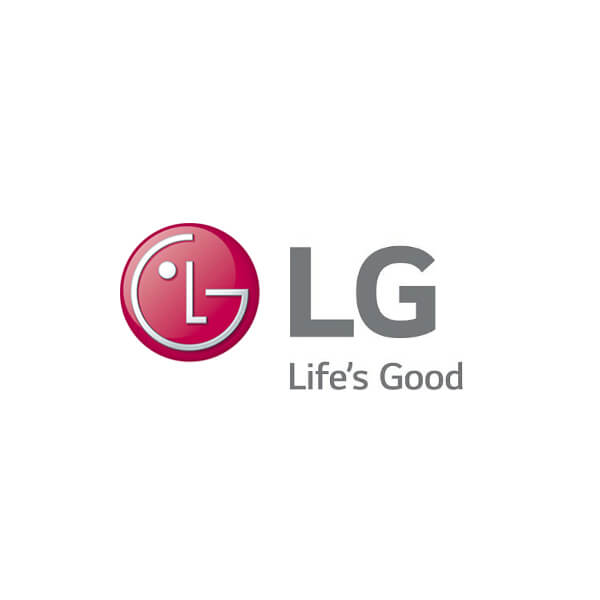Seoul
18 History
Edirin Akonoghrere
The History of Seoul
Seoul is the capital city of South Korea. It is officially known as the Seoul Special City and is the largest metropolis in South Korea. The city is located along the famous Han River and is home to many great companies like Samsung, LG and Hyundai which significantly aids the economy and the name of the country on a global level.
As a result of its global status, Seoul has hosted several global conferences and major athletic games (Fischer). According to an article by The Age, Seoul is considered one of the leading cities in technology and the number one tech capital of the world (Ramachandran). Gangnam and Digital Media City serve as important technology hubs.

Image by Samsung Company

Image by LG Company
Over the years, Seoul has been the capital city of several Korean governments including Baekje, Joseon, the Korean Empire, Goryeo (as a subsidiary city), and the current South Korea. The history of this great city stretches back about 2,000 years “to when Wiryeseong, the capital of Baekje, was located on the banks of the Hangang River in the southeastern part of what is now Seoul” (SeoulSolution). The inhabitants of Baekje, one of the Three Kingdoms of Korea, are thought to have founded the city of Seoul in about 18 BC. The city began expanding significantly after it was chosen as the Joseon dynasty’s (1392– 1910) capital in 1394.
In the nineteenth century, advancements in engineering, technology and construction, helped shape the idea of what is modern-day Seoul. With the opening of a port at the end of the nineteenth century, development on electrical infrastructure, railroads, streetcar tracks, parks, waterworks systems, schools, and hospitals begun.
In the early twentieth century, the city of Seoul fell under the colonial influence of Japan and remained a Japanese colony from the year 1910 until 1945. The colonial period brought about industrialization, which in turn led to unauthorized dwelling zones around the city. These zones were quickly incorporated within Seoul’s boundaries, which allowed for the city to be transformed into a new residential area. Upon the advent of the country’s independence in 1945, the city was officially renamed Seoul Metropolitan City (SeoulSolution).
Basking in the glory of its newly found independence and delighting in the joy and happiness that came with freedom, the city grew and flourished. Unfortunately, this façade of joy and peace was quickly taken away when the country was pushed to war by its opponent, North Korea in 1950. With five years of peace and freedom behind it, South Korea went into war with the north and fought until the end of the war in 1953. This war that went on for three years straight was known as the Korean War. The city of Seoul was greatly affected by the fighting and in no time was brought to ruins.
However, with light at the end of the tunnel and hope gleaming in a bleak reality, the city of Seoul found its feet in no time after the war. The city developed into a megalopolis in around fifty years with the help of swift economic growth. Seoul quickly overcame various urban difficulties to establish itself and develop into a smart city where over ten million people live happily. As opposed to its European counterparts, the country of South Korea industrialized and developed out of its hardship and established itself as a global force.
Between the 1960s and the 70s, Seoul experienced great issues from housing shortages to illegal settlement areas which was mainly because of poor social infrastructure and intense population inflow. The Seoul Metropolitan Government accessed the issues at hand, took up the task, and began by “establishing a basic infrastructure by expanding roads, building apartment complexes in illegal settlement areas, and constructing the Cheonggye Overpass and Yeouido Island” (SeoulSolution).
In the 80s and the 90s, Seoul had resolved most of its urban issues and began focusing on progressing and improving the city. The Asian Games in 1986 and the Olympic Games in 1988, to which South Korea was a host, contributed to this progress and improvement.

Image by CHRISTOPHER LEIDY on Pinterest
“As a result of this extensive infrastructure development project, Seoul was able to secure a considerable, high-standard urban infrastructure network consisting of public transportation, roads, waterworks, and sewage systems. However, the relentless development also produced some serious side effects, such as destruction of the natural environment, damage to historical resources, and the breakdown of communities” (SeoulSolution).
As information technology advanced and inhabitants’ demands for a better quality of life increased in the 2000s, Seoul’s urban management strategy changed to focus on building a sustainable city with cutting-edge IT. As of today, Seoul is still an ever-changing and blossoming city with various prospects and opportunities for its citizens. After two millennials worth of history, colonialism, and war, Seoul is still the golden child of the Korean Empire.
Works Cited
Fischer, Joel. “Union of International Associations (UIA) International Meetings Statistics for the Year 2011.” Internet Archive: Wayback Machine, 3 July 2014. archive.org/web/.
Ramachandran, Arjun. “Tech Capitals of the World.” The Age, 18 June 2007. www.theage.com.au/technology/tech-capitals-of-the-world-20070618-gdqekp.html.
SeoulSolution. “The History of Seoul.” 서울정책아카이브 Seoul Solution, Seoul Solution, 7 Oct. 2020. www.seoulsolution.kr/en/content/3323#:~:text=The%20history%20of%20the%20city,Dynasty%20(1392%20%2D%201910)%20in.
Media Attributions
Image by LG Company
Image by Samsung Company
Image by CHRISTOPHER LEIDY on Pinterest

